Coffee Bean theme classroom Story and Flavor characteristics of Elephant Packaging of Starbucks Kenya AA Coffee
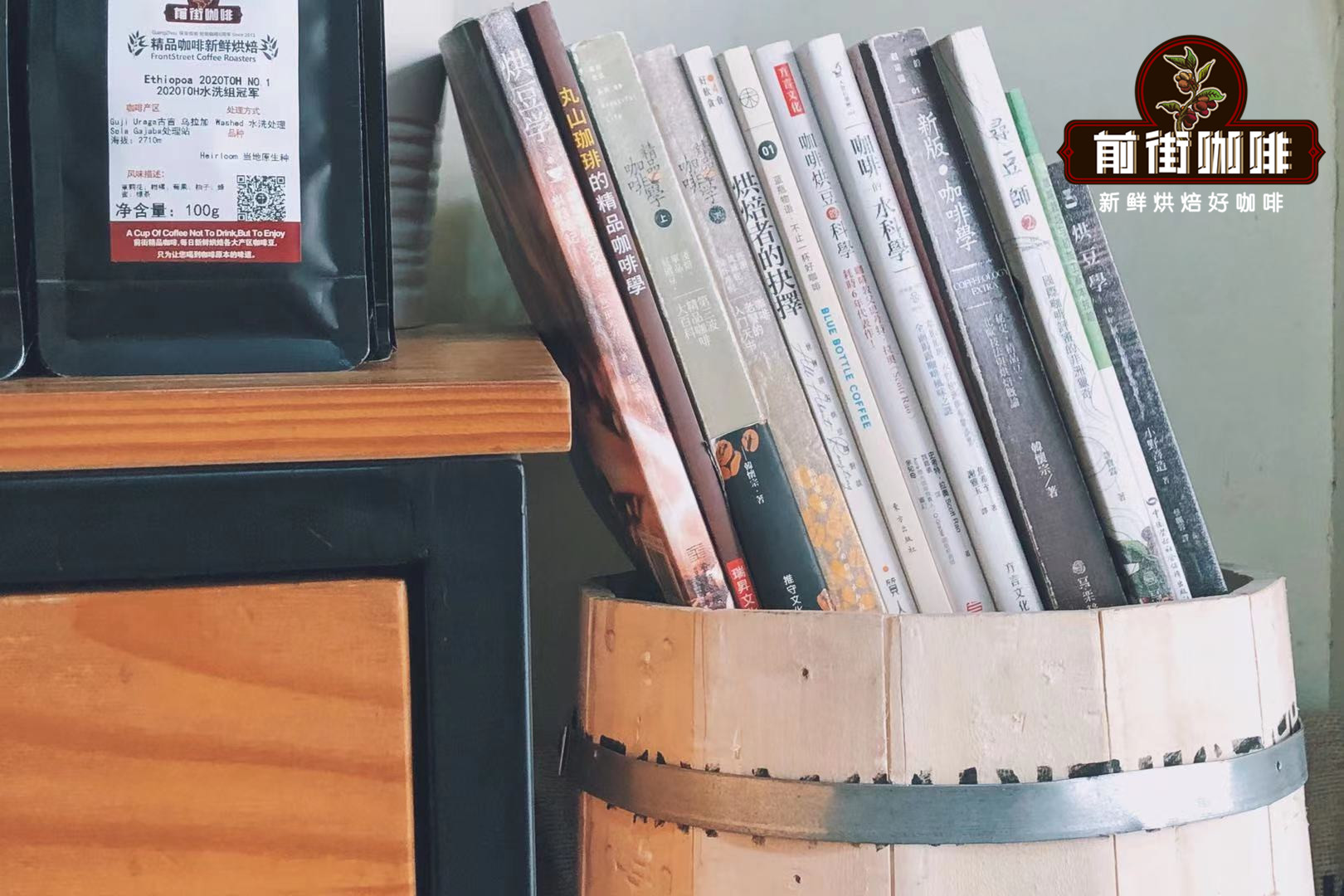
Professional coffee knowledge exchange more coffee bean information please follow the coffee workshop (Wechat official account cafe_style)
When it comes to African coffee, Kenyan coffee beans definitely have a place in the boutique coffee market, such as Starbucks Kenya AA coffee bean bags are elephants, this is because there are many elephants in tropical Africa, this packaging picture is reminiscent of the African prairie, then the next Qianjie Coffee article will introduce the flavor characteristics and producing areas of Kenyan AA coffee beans.
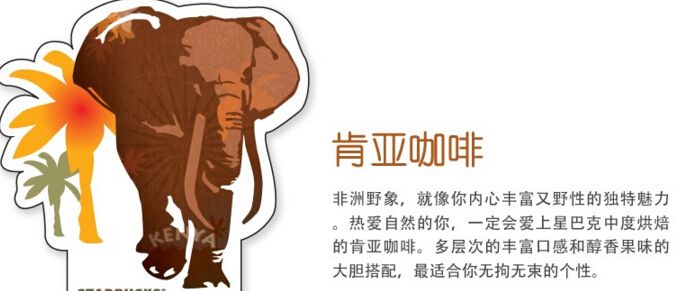
History of coffee in Kenya
Kenya is located in East Africa, bordering Ethiopia. However, according to Qianjie Coffee, the historical development of coffee in Kenya is not as profound as that of Ethiopia, but coffee was introduced near the 20th century, during which coffee went almost all around the world before it returned to Africa. and at that time, the coffee industry began to have a new change, Kenya can be said to be the witness and promoter of this change.
However, Kenya is different from Ethiopia, when coffee was introduced by Britain, a colonial power, which also led to the development of the coffee economy in Kenya during the colonial period, and the whole coffee system tended to be managed meticulously. At the same time, the selection, grading and treatment of Kenyan coffee far exceeded that of many coffee-producing countries at that time, until decades later, other countries also realized the advantages of this fine management and followed suit one after another. The phenomenon of being alone in Kenya slowly subsided.
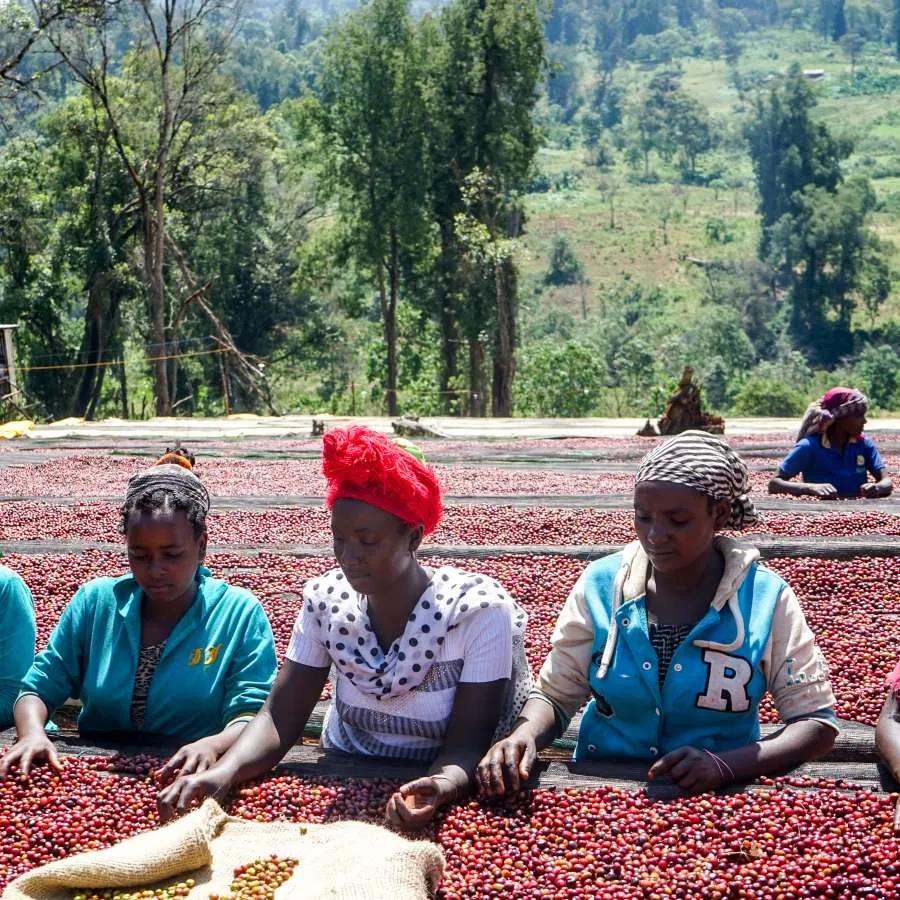
Growing conditions of coffee in Kenya
Kenya's climatic and geographical conditions provide unique conditions for the growth of high-quality Arabica coffee beans, which are located in eastern Africa, the equator runs through the middle, and the East African Rift Valley runs through the north and south. It is bordered by Somalia to the east, Tanzania to the south, Uganda to the west, Ethiopia and Sudan to the north, and the Indian Ocean to the southeast. The coastline is 536 km long. There are many plateaus in the territory, with an average elevation of 1500 meters. The central peak of Kirinaga (Mount Kenya) is 5199 meters above sea level and the top of the mountain is covered with snow, making it the second highest peak in Africa. The whole territory is located in the tropical monsoon area, but affected by its high topography, it is a savanna climate with great seasonal differences in precipitation.
Kenyan coffee producing area
However, as mentioned in the previous article on Qianjie Coffee, the three major factors that determine the flavor of a coffee bean are coffee producing area, variety and treatment, and Kenyan coffee is no exception, so what makes it unique sour? Qianjie Coffee starts from these three aspects to give popular science to coffee fans.
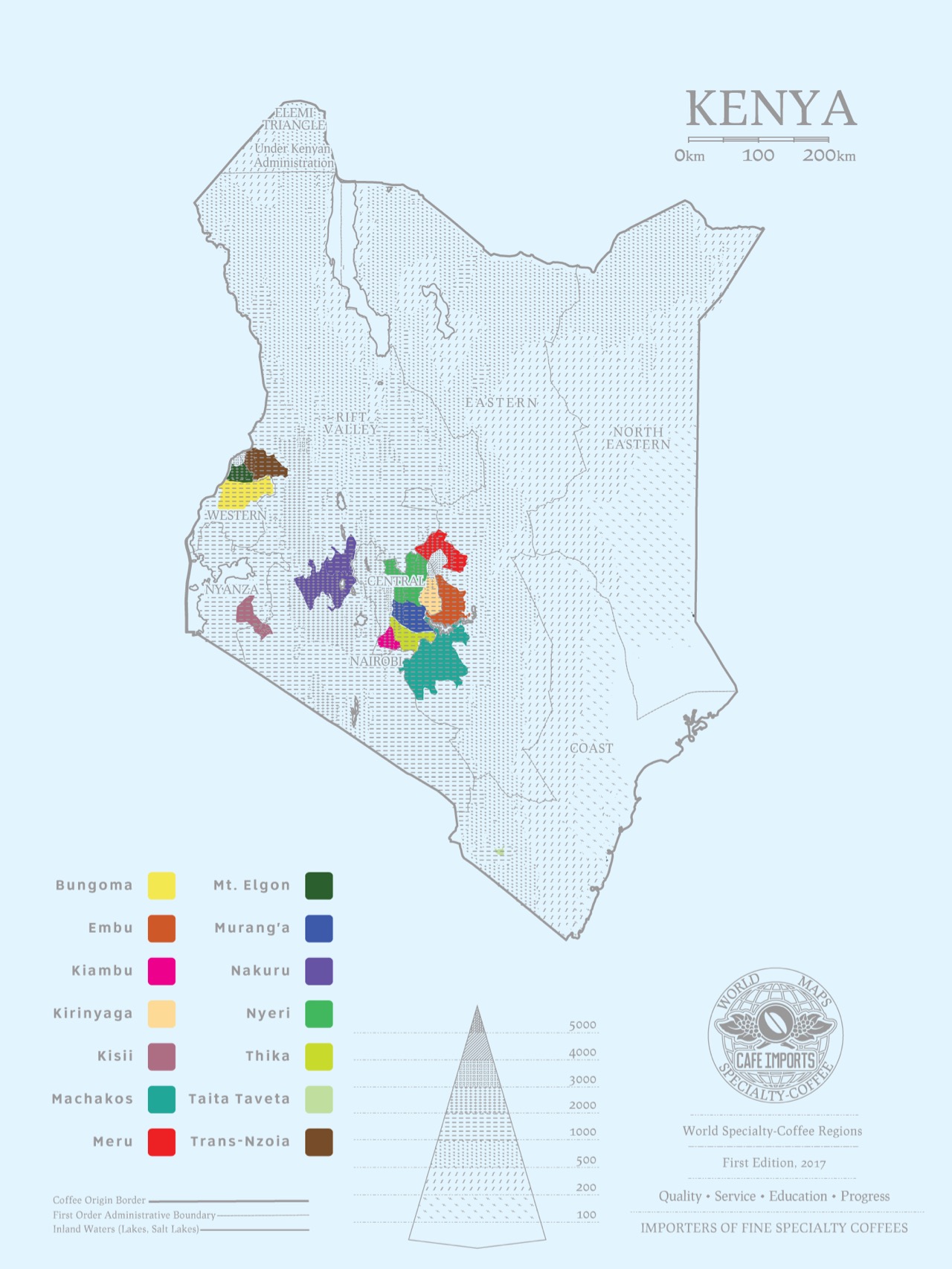
According to Qianjie Coffee, there are mainly six major coffee producing areas in Kenya, namely, "Thika", "Kirinyaga" and "the west side of Mount Kenya (Mt. Kenya West), "Nyeri", "Kiambu", "Muranga". The harvest periods of the six major producing areas are all from October to December (the main production season) and from June to August (the by-product season).
Sika (Thika)
Sika is a small town in Nairobi, the capital of Kenya. There are many coffee fields around Nairobi, and Sika is an industrial town, but surrounded by agriculture and waterfalls. There are about 2000 farmers in Sika. The planting history of Kenyan Sika coffee can be traced back to the end of the 19th century. Coffee trees were introduced from neighboring Ethiopia in the north and improved by their own varieties. At present, the common varieties are Bourbon, Kents, SL34, SL28, Typica and Riuri 11. Now about 90% of the coffee varieties are SL34 and SL28. The new variety Batian published in 2007 has not been planted in large quantities. The flavor of the region has bright acidity, thick berry juice and honey sweetness.
Altitude: 1550mi 1750m
Variety: sl-28,sl-34
Qilin Yajia (Kirinyaga)
Located on the hillside of Mount Kenya, close to Nyeri, Kirin Yaga is famous for its strong, rich and solid-tasting coffee. Together with Nyeri, it is recognized as the two best producing areas in Kenya. Most of the producers in this area are small coffee farmers who join the cooperatives, while the cooperatives play an integrated role, providing washing plants, and coffee farmers send the coffee fruits to the cooperative processing plants for processing. The flavor of this area has bright acidity, moderate grease and delicate sweetness.
Altitude: 1300 to 1900 m
Varieties: SL-28, SL-34, Ruiru11, Batian.
The west side of Mount Kenya (Mt. Kenya West)
The western side of Mount Kenya includes the Bungoma district of Kisii and Mount Elgon. Chesi is located in southwestern Kenya, not far from Lake Victoria, is a relatively small producing area, most coffee beans come from free small-scale producers of common cooperatives. The coffee flavor in this area is very different from that in the central region, which has roasted nuts and soft acidity and is popular with buyers who do not like bright acidity.
Altitude: 1450 to 1800 m
Varieties: SL-28, SL-34, K7
Nieli (Nyeri)
Nieli, located in central Kenya, is home to the extinct volcano Mount Kenya. The red soil in this area breeds the best coffee in Kenya. Agriculture is extremely important here; coffee is the most important crop. Common cooperatives made up of small farmers are more common than large manors. There are two harvests in this area, but coffee from the growing season is usually of high quality. With a bright berry juice, citrus and faint floral aromas, the coffee beans grown here make Kenyan coffee famous all over the world.
Altitude: 1200-2300 m
Varieties: SL-28, SL-34, Ruriu11, Batian
Qianbu (Kiambu)
This producing area in central Kenya has the highest coffee growing area in the region. However, some coffee trees at high altitudes can get Dieback and stop growing. This producing area is named after the town of Nakuru. Coffee is grown here in the form of both manors and small farmers, but the yield is relatively small.
Altitude: 1850-2200 m
Varieties: SL-28, SL-34, Ruiru11, Batian
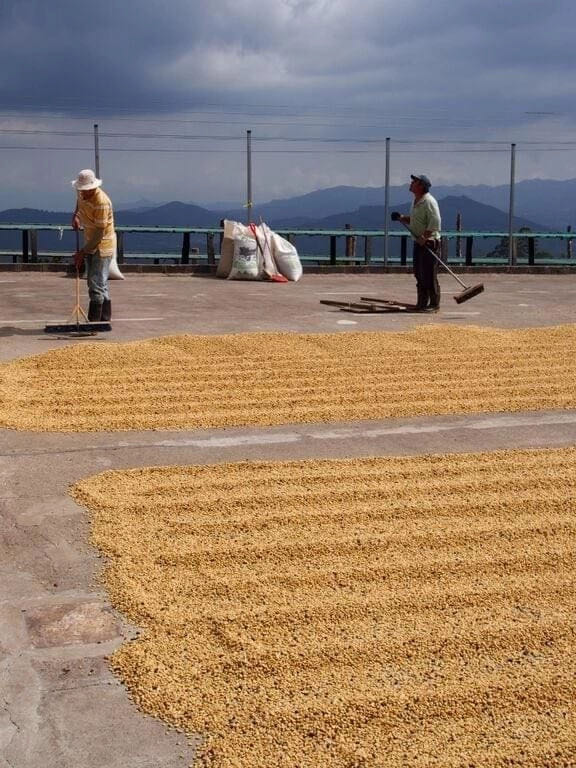
Mulanga (Muranga)
The Muranga producing area belongs to the Central Province, where there are about 100000 coffee farmers. This inland producing area was the place of settlement chosen by the first missionaries because Portugal banned them from living in coastal areas. It is also another producing area that benefits from volcanic soil, with more small coffee farmers than manors. The coffee in this area has bright acidity and thick fruit juice to the touch.
Altitude: 1350 to 1950 m
Varieties: SL-28, SL-34, Ruiru11, Batian
Kenyan coffee varieties
As mentioned above in Qianjie Coffee, there are four varieties of Kenyan coffee: SL-28, SL-34, Ruiru11 and Batian, and these four are all developed by the Kenyan coffee planting laboratory, so it can be said that this is also one of the characteristics of Kenyan coffee. Next, Qianjie Coffee will introduce the characteristics of these four coffee varieties respectively.
SL28
SL28 according to historical documents, senior coffee officials at the Scott Laboratory (A.D. Trench) have noticed a variety that seems to be tolerant to drought, disease and pests in Modi, Tanzania. The seed was collected and taken back to Scott's laboratory, where its drought resistance was confirmed.
In recent years, genetic tests have also confirmed that SL28 belongs to the bourbon gene group, so the shape of SL28 coffee beans is also similar to the round and thick shape of bourbon varieties. Qianjie through the SL28 variety, its flavor is complex and changeable acidity, and great sweetness.
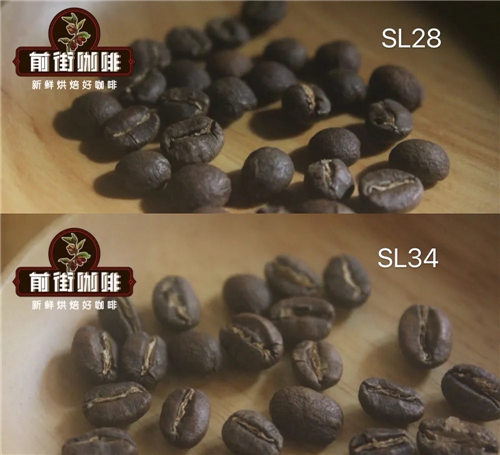
SL34
SL34 was first chosen as a "French missionary" (bourbon species) from the Loresho estate. However, according to Qianjie coffee search data, it is known that genetic testing of this variety of coffee beans has confirmed the gene group of iron pickup, and its plant performance characteristics are also similar to those of iron pickup. Therefore, it is considered that the selection of SL34 comes from iron pickup. Because SL34 is close to the tin card variety, the coffee bean looks long, oval and flat on the side.
Ruiru11
Ruiru appeared after SL28 and SL34, and Qianjie learned that it was in the 1970s, when Ruiru began to try to cultivate different CBD and rust-resistant varieties. The result is Ruiru11, which was released in the 1980s. High yield, CBD and antirust properties seem to be the solution to all coffee production problems in Kenya.
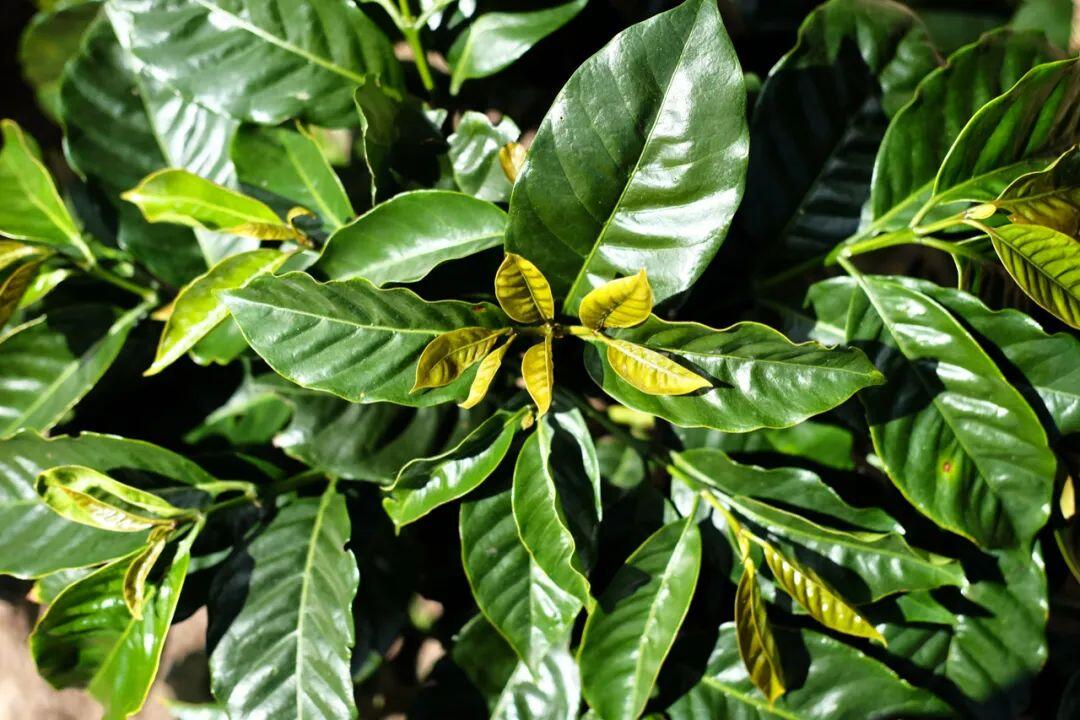
Batian
The Batian variety was launched by the Coffee Research Institute (CRI) on September 8, 2010. it is also the latest variety offered in Kenya. It is a further experiment based on lessons learned from Ruiru11. Genetically speaking, it is essentially selected from the backcross between SL28 and SL34, and is closer to SL28 than Ruiru 11. Thus, this eliminates the elements of the problematic Robusta varieties of coffee beans, thus improving the quality of cup testing.
Kenya Coffee Bean grading system
In addition to coffee varieties, the difference between Kenyan coffee beans and coffee beans in other producing areas is the grading system of Kenyan coffee beans. For example, you can see that there are AA, AB and PB grades of Kenyan coffee in front street coffee shops. Although they are "graded", will the AA grade necessarily taste better than the AB grade?
According to Qianjie Coffee, Kenya's coffee beans are graded mainly by size, and the difference between AA and AB is only the difference in size. As for whether it is good or not, Qianjie coffee has come to the conclusion that Kenyan coffee beans of both AA and AB grades are very delicious coffee. The differences in taste among different producing areas may mainly come from the producing area, altitude, planting conditions and other factors. But the Kenyan coffee of AA and AB grade must be the most guaranteed coffee.
From the above, these grades are only the distinction of bean size, and the most famous coffee treatment of Kenyan coffee beans is K72 water washing treatment, so the best quality coffee beans in Kenya are basically washed. Washed coffee is roughly divided into eight grades:
E:Elephant Bean, also known as Elephant ear, is a flat bean with a particle size of more than 19 mesh.
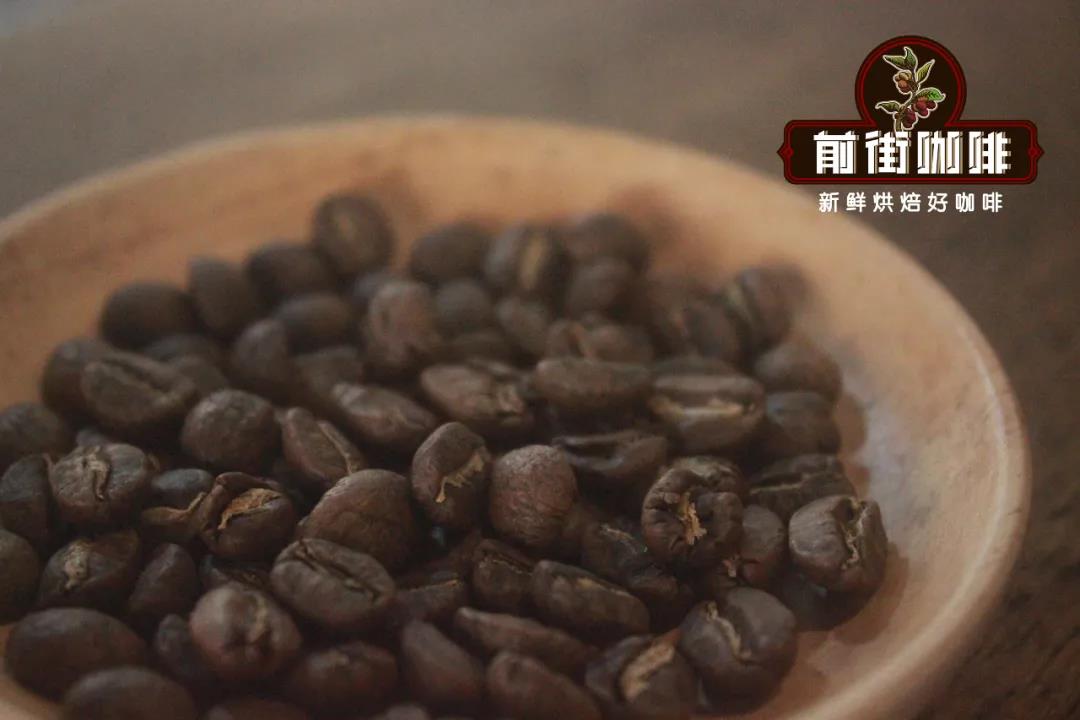
AA
AA: particle size 17 to 18 mesh
AB: particle size 15 to 16 mesh, accounting for the majority of production
TT: lighter beans blown by an airflow filter from AA and AB beans
C: the particle size (Screen Size) is less than AB / 14 mesh, which is too small to be included in the boutique grade.
T: from C-grade beans (less than 14 mesh), the lighter beans blown by an airflow filter, that is, the size and density are too small to be included in the boutique grade.
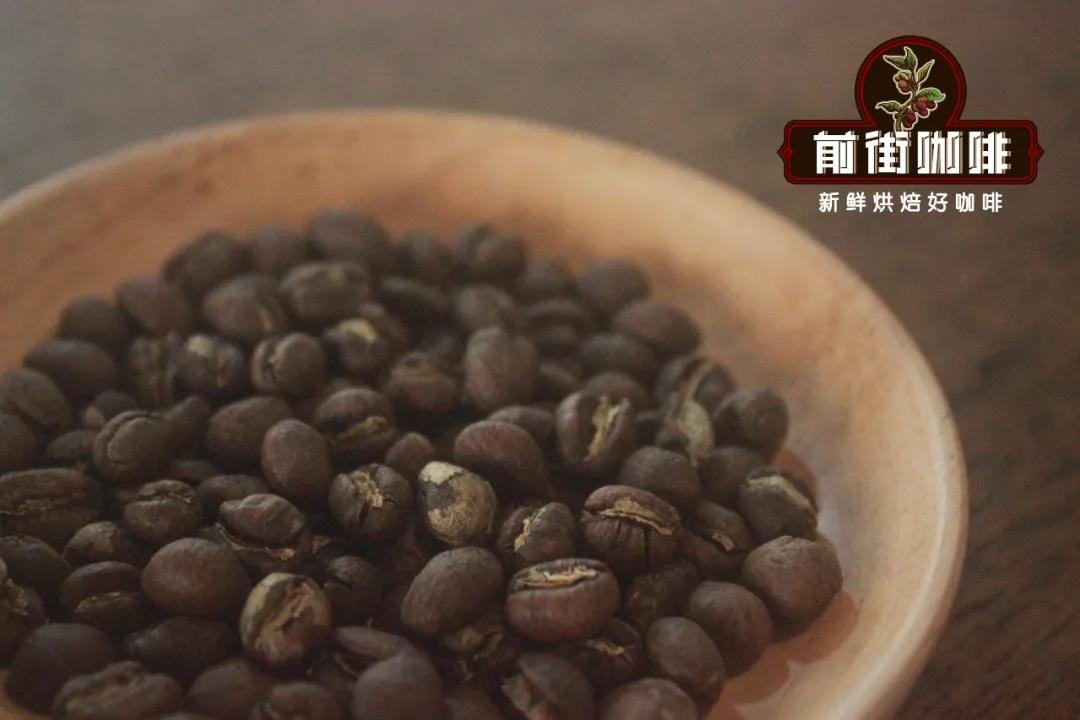
PB
PB:Peaberry, which means round beans, is not classified by size but by appearance. It has nothing to do with flavor weight and accounts for about 10% of the total output.
UG: those who do not meet the above criteria
Secondly, there are also low-quality sun-dried coffee beans, which are not washed in Kenyan style because of their poor quality and are generally used in the Kenyan domestic market. This bean grade is called Machiavel39 umbrellas buni.
MH:M'buni Heavy = large beans
ML:M'buni Light = small beans
In addition, Qianjie Coffee wants to emphasize that the standard of "raw bean grading system", which is still in use today, was issued by government units in 1938, even 40 years before the birth of the concept of "boutique coffee". Therefore, Kenya has already had a new concept of coffee bean grading standard, but it is still more common by size classification standard.
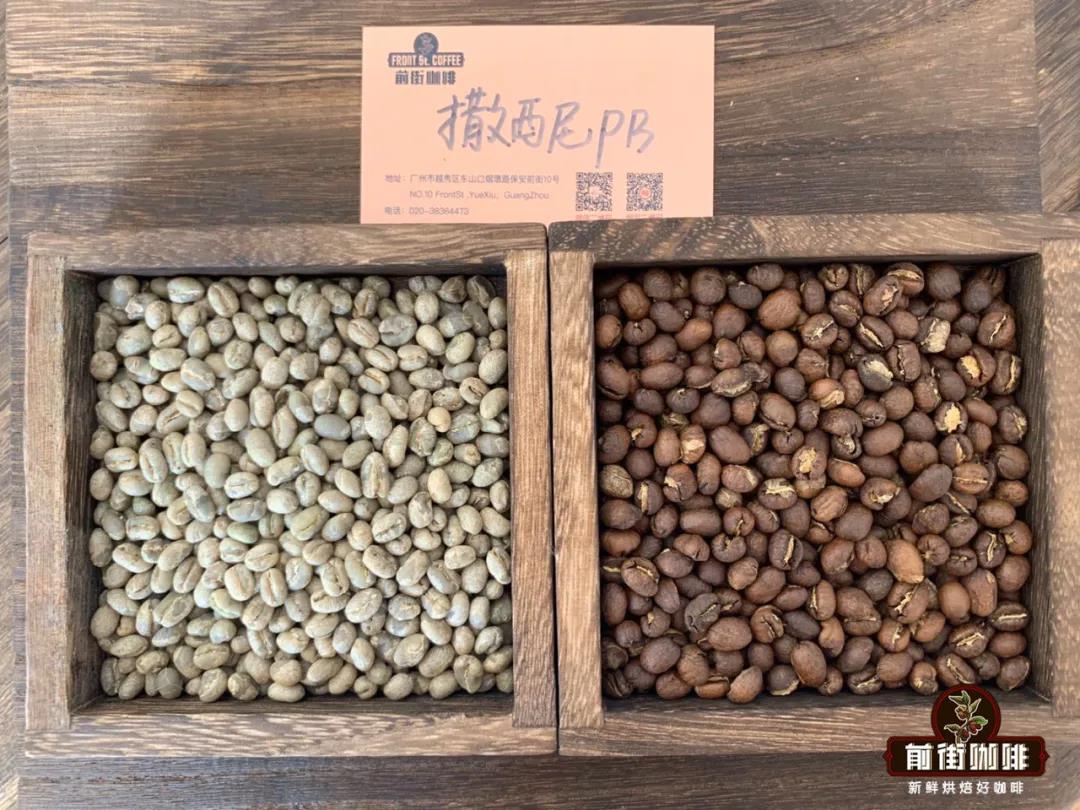
Here are the current new coffee classification standards in Kenya:
According to Qianjie Coffee, Kenyan coffee research institutions and local industries often use a set of coffee bean quality grading procedures developed by Kenya Coffee Research Institutes, which are graded according to raw bean quality, ripe bean quality and cup test quality.
Raw bean quality: judge the appearance size, color and defects of raw beans in the project.
Cooked bean quality: subdivide the central crack condition, the cooked bean condition, and the defective bean.
Cup test quality: the score is given by acid quality, alcohol thickness / texture, flavor and negative defects.
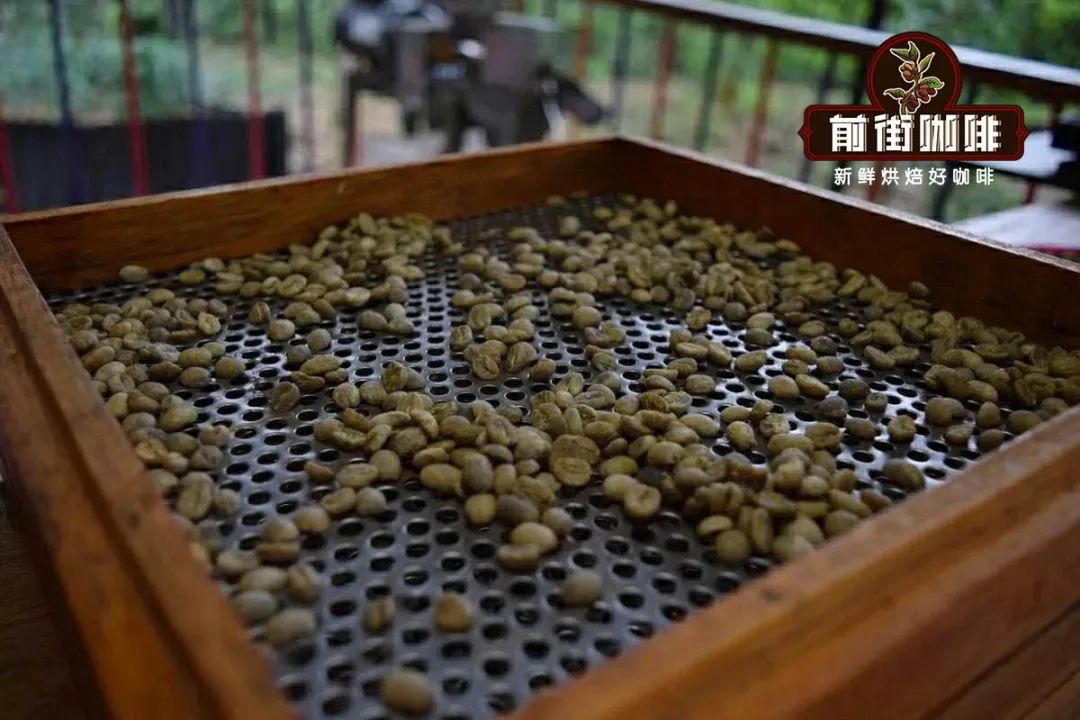
According to the score of three facets, coffee beans are divided into 1 to 10 grades, with level 1 being the best and level 10 being the worst.
Kenyan coffee treatment-K72 washing treatment
Most of the water washing in Kenya is treated with Kenyan unique K72 water washing: after ripe coffee and cherries are washed, peeled, dry fermented 24 hours, washed, dry fermented again 24 hours, washed, dry fermented again 24 hours, so recycled treatment, up to 72 hours of strong fermentation, after washing, soak in a clean sink for one night, and start drying in the sun field the next morning. Because the fermentation time is as long as 72 hours, it is called K72.
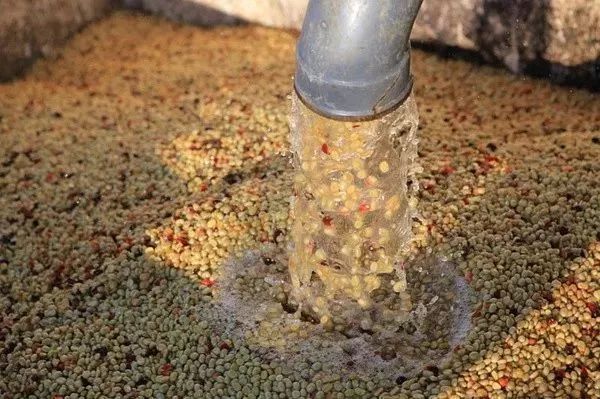
The above is the relevant content about Kenyan coffee organized by Qianjie Coffee. I hope it can help coffee fans to know more about Kenyan coffee. Then Qianjie Coffee will introduce a grade of AA TOP Kenyan coffee beans and cooking and roasting parameters to everyone.
Front street coffee Kenya Azaria coffee beans
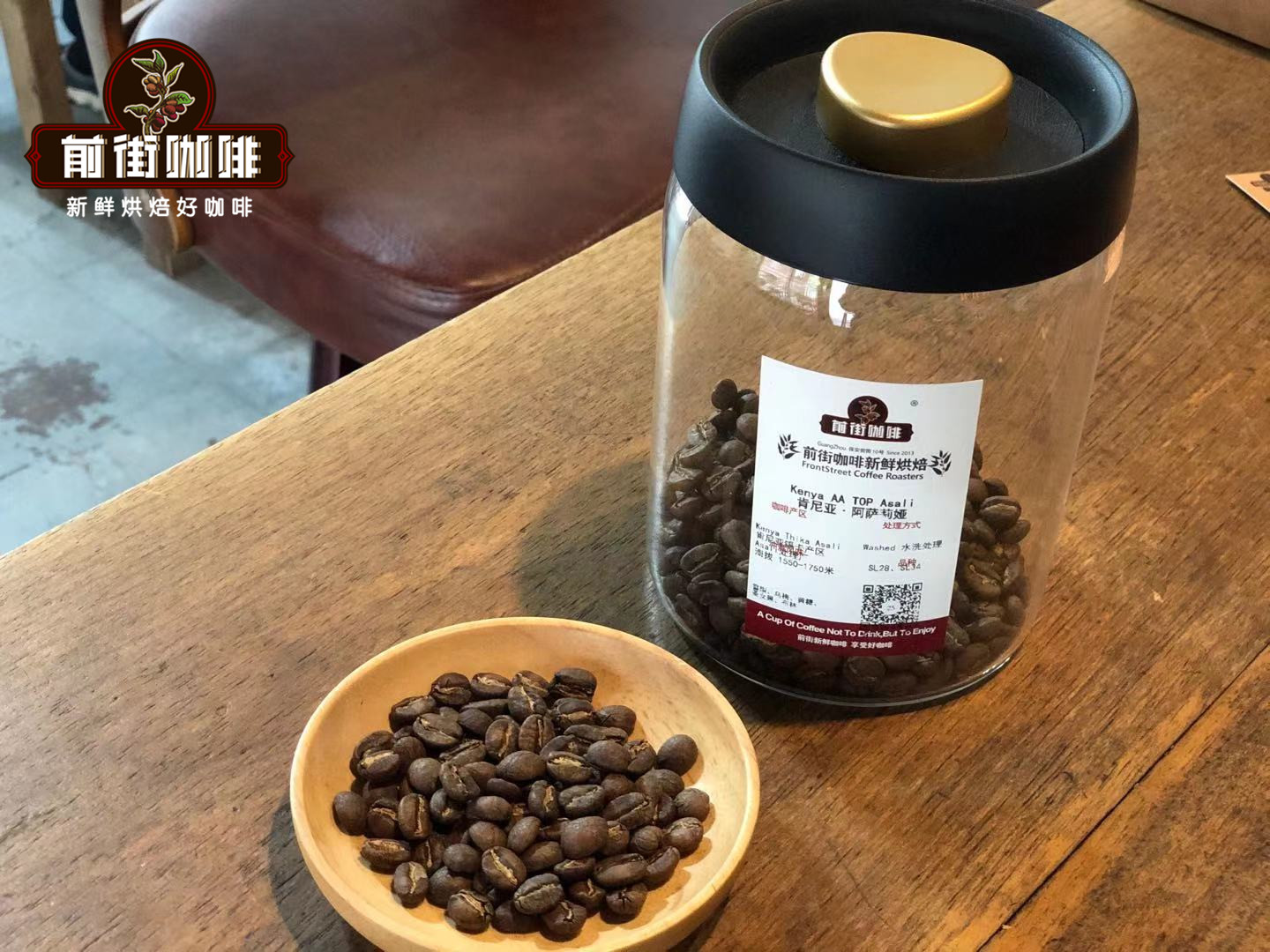
Country: Kenya
Production area: Asali (Honey processing Plant)
Altitude: 1550-1750m
Grade: AA TOP
Variety: SL28,SL34
Treatment method: 72 hours washing treatment
Flavor: Sydney, black plum, brown sugar, virgin fruit, Brin
"Qianjie Coffee Baking parameters sharing"
Asalia coffee beans, Kenya:
This bean is full and round, and Qianjie coffee is roasted lightly in order to fully show its bright and mellow acidity.
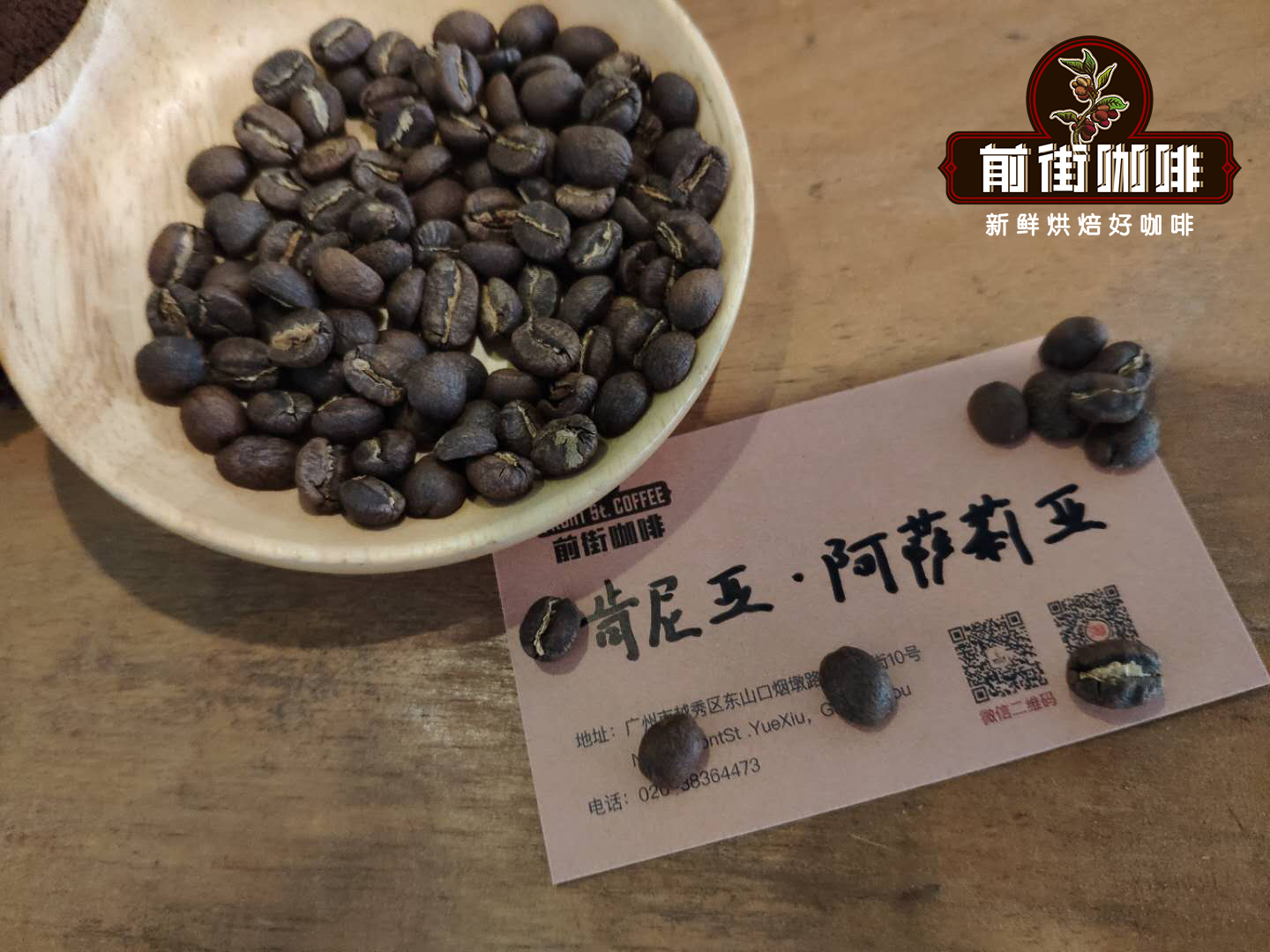
Yangjia 800N semi-direct fire, bean dosage 480g: furnace temperature to 160 degrees Celsius into the pot, throttle open 3, firepower 120. Temperature recovery point: 1 temperature rising to 130 degrees, throttle opening 4. Baking to 6: 00 ", temperature 154.6 degrees, bean surface turns yellow, grass smell disappears completely, dehydration is complete.
When the bean surface appears ugly Hu wrinkles and black markings, the smell of toast obviously changes to the smell of coffee, which can be defined as a prelude to an explosion. At this time, it is necessary to listen carefully to the sound of the explosion point, to 9: 28 ", the throttle remains the same, and the development time of the explosion is 2: 20". Put the pot at 193.8 degrees.
Suggestion on brewing coffee in Qianjie
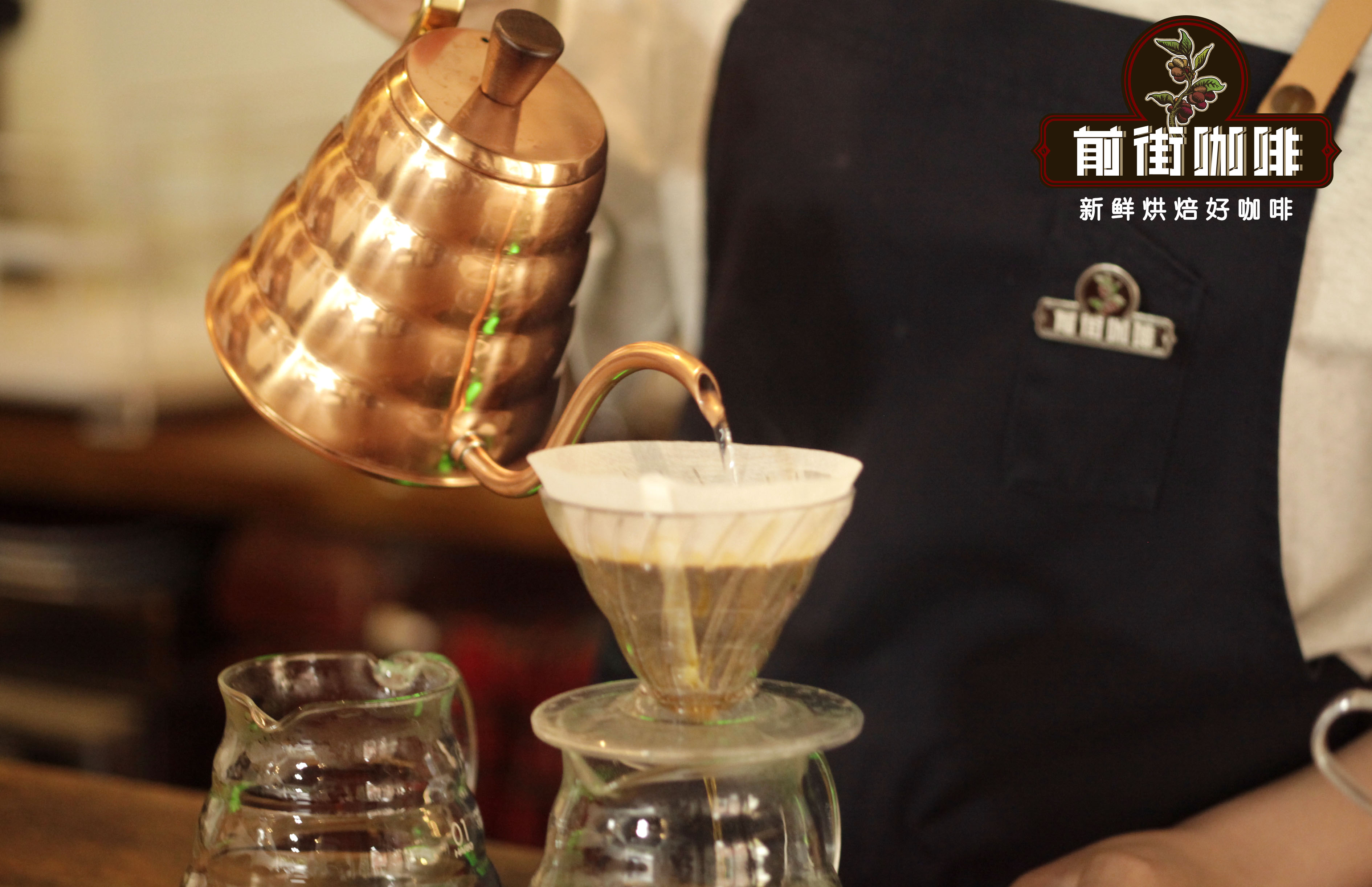
Filter cup: V60 or cake cup
Water temperature: 90-91 ℃
Powder / water ratio: 1:15
Degree of grinding: fine grinding (the pass rate of Chinese standard No. 20 screen is 80%)
Flushing and cooking technique: segmented extraction.
Steam with 30 grams of water for 30 seconds, small water flow around the circle to 124 grams for sectional injection, when the water level is about to expose the powder bed, continue to inject water to 228 grams to stop injection, and so on when the water level drop is about to expose the powder bed, remove the filter cup, (the time of steaming starts) the extraction time is 1 minute 39 percent 55 ".
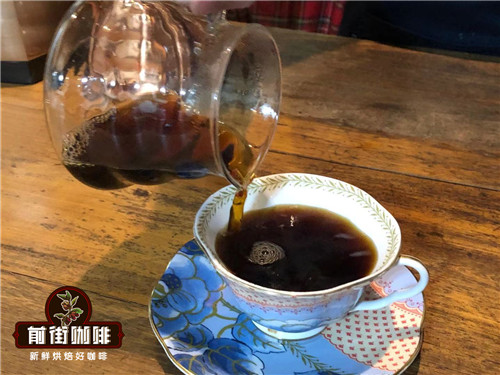
Azaria coffee bean flavor: wet aroma with ripe tomato and flower aromas, imported virgin fruit and black plum flavor, bright acidity, clean and rich taste, outstanding middle sweetness, juicy, raspberry and yellow sugar on the finish, and green tea aroma.
For more boutique coffee beans, please add private Qianjie coffee on Wechat. WeChat account: kaixinguoguo0925
Important Notice :
前街咖啡 FrontStreet Coffee has moved to new addredd:
FrontStreet Coffee Address: 315,Donghua East Road,GuangZhou
Tel:020 38364473
- Prev
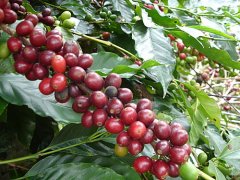
Guatemala Coffee Manor, Guatemala Coffee Bean Flavor
Professional barista communication Please pay attention to Coffee Workshop (Wechat official account cafe_style) St. Defina Manor (Finca Santa Delfina) is located on the high-altitude hillside of Kitche province, in addition to rich water resources, but also diversity of the ecosystem, the original environment and fertile soil, mainly sandy clay, rich nutrition and good drainage. Planting in the lower elevations of the manor
- Next
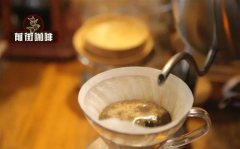
The skill of cooking Kenyan AATOP coffee beans by hand the taste characteristics of Kenyan coffee beans
Professional coffee knowledge exchange more coffee bean information please follow the coffee workshop (Wechat official account cafe_style) what kind of coffee is suitable for Kenya coffee hand-made Starbucks Kenyan coffee Starbucks Kenyan Elephant Coffee whisper (Story Note) Starbucks has supplied Kenyan coffee for more than 40 years, the quality and flavor of coffee from this area has always surprised us.
Related
- Detailed explanation of Jadeite planting Land in Panamanian Jadeite Manor introduction to the grading system of Jadeite competitive bidding, Red bid, Green bid and Rose Summer
- Story of Coffee planting in Brenka region of Costa Rica Stonehenge Manor anaerobic heavy honey treatment of flavor mouth
- What's on the barrel of Blue Mountain Coffee beans?
- Can American coffee also pull flowers? How to use hot American style to pull out a good-looking pattern?
- Can you make a cold extract with coffee beans? What is the right proportion for cold-extracted coffee formula?
- Indonesian PWN Gold Mandrine Coffee Origin Features Flavor How to Chong? Mandolin coffee is American.
- A brief introduction to the flavor characteristics of Brazilian yellow bourbon coffee beans
- What is the effect of different water quality on the flavor of cold-extracted coffee? What kind of water is best for brewing coffee?
- Why do you think of Rose Summer whenever you mention Panamanian coffee?
- Introduction to the characteristics of authentic blue mountain coffee bean producing areas? What is the CIB Coffee Authority in Jamaica?

